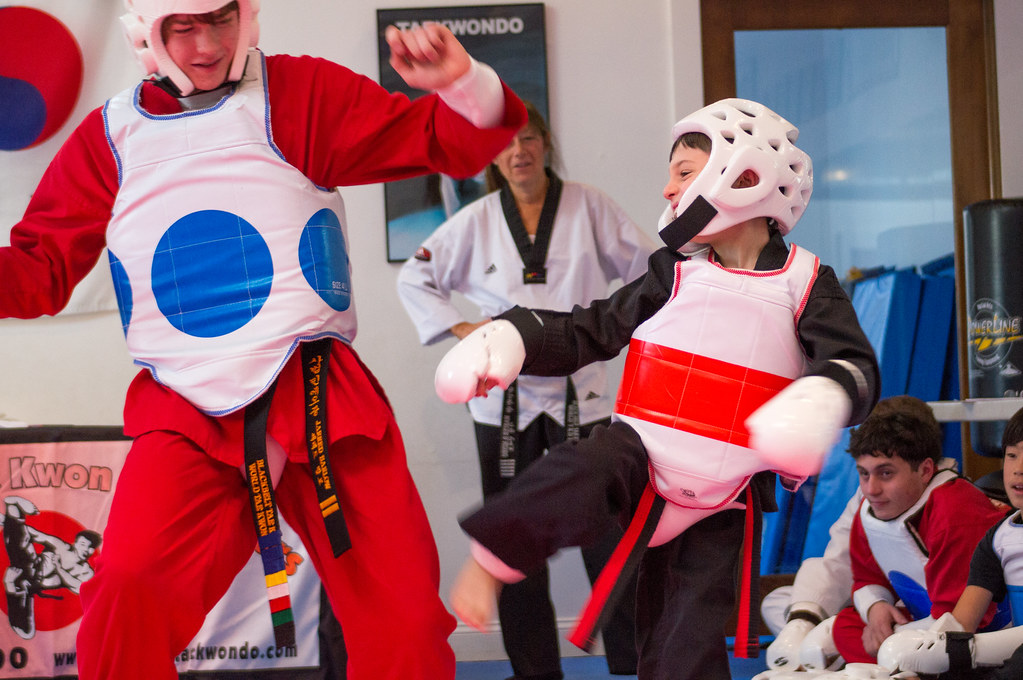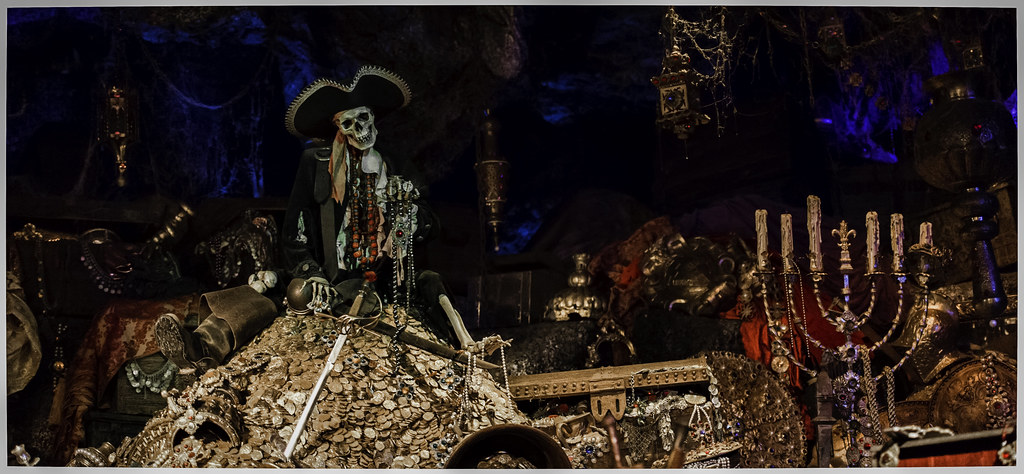dkhillerud
Mouseketeer
- Joined
- Jan 11, 2008
Hello, I recently bought a Nikon D5100, I posted a thread a few weeks ago and got a lot of help deciding what camera to buy! I really love the camera so thanks for your help!
I also checked out a few books from the library including "understanding exposure" which I have read twice. I must be a slow learner because I still have questions!
Here is my current problem. My kids are all in sports so I am trying to figure out how to "freeze action." I tried shooting my 7 year old daughters dance performance tonight. It was in a school gym with bright lighting. I was trying to shoot in shutter priority mode. However, I couldn't get a very high shutter speed. Is this due to the fact the f/4 was the lowest I could get the aperture? Really the best I could get for shutter speed was 1/50 or so. I did try to increase the ISO but was a little scared that I would get too much noise in the photo. What would be an OK level to increase to? And would that have solved my problem?
I did get some cute photos, mostly because at 7 they aren't "fast" movers! I know that when I try to get some pictures of my 15 year old and her color guard team I am going to struggle. (also indoors, gym with bright lights).
I am guessing I need a better lens. I was using a basic zoom lens Nikon 55-200mm f/4-5.6G. Any suggestions for a better lens, this one was borrowed from a friend. I would like to stay under $1000.
Thanks for any help, suggestions!!
I also checked out a few books from the library including "understanding exposure" which I have read twice. I must be a slow learner because I still have questions!
Here is my current problem. My kids are all in sports so I am trying to figure out how to "freeze action." I tried shooting my 7 year old daughters dance performance tonight. It was in a school gym with bright lighting. I was trying to shoot in shutter priority mode. However, I couldn't get a very high shutter speed. Is this due to the fact the f/4 was the lowest I could get the aperture? Really the best I could get for shutter speed was 1/50 or so. I did try to increase the ISO but was a little scared that I would get too much noise in the photo. What would be an OK level to increase to? And would that have solved my problem?
I did get some cute photos, mostly because at 7 they aren't "fast" movers! I know that when I try to get some pictures of my 15 year old and her color guard team I am going to struggle. (also indoors, gym with bright lights).
I am guessing I need a better lens. I was using a basic zoom lens Nikon 55-200mm f/4-5.6G. Any suggestions for a better lens, this one was borrowed from a friend. I would like to stay under $1000.
Thanks for any help, suggestions!!



